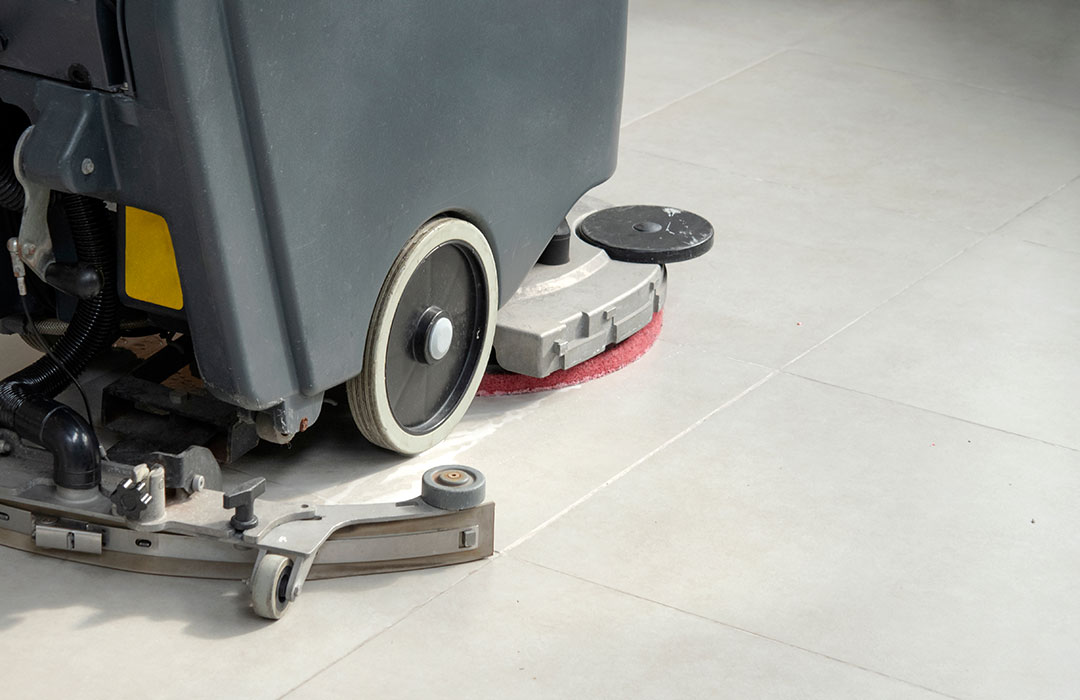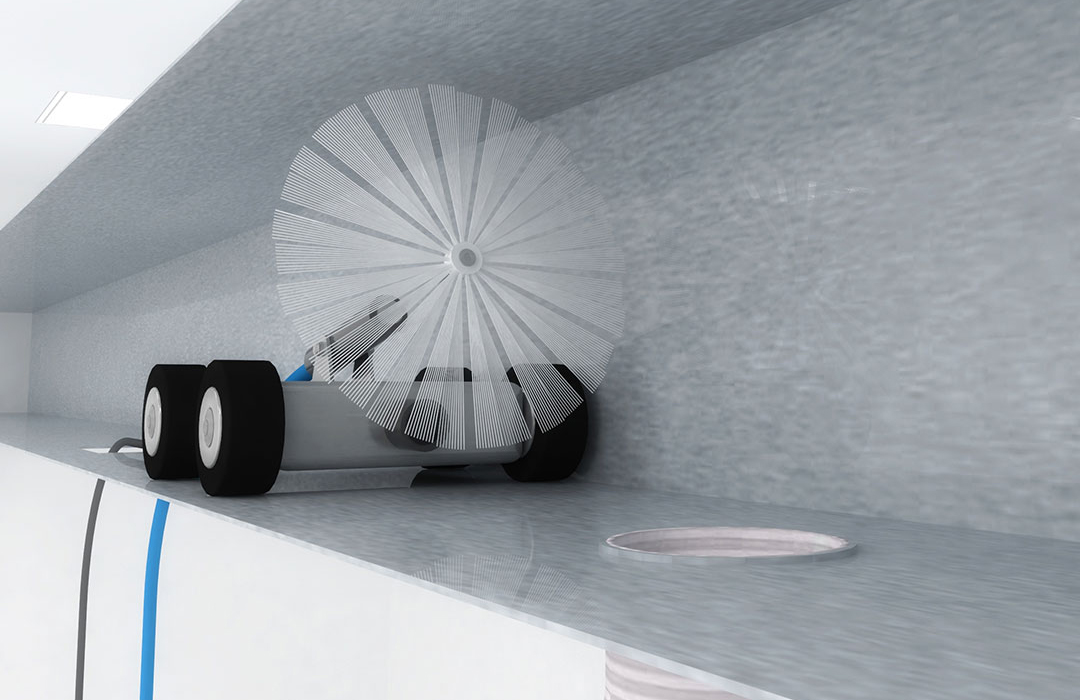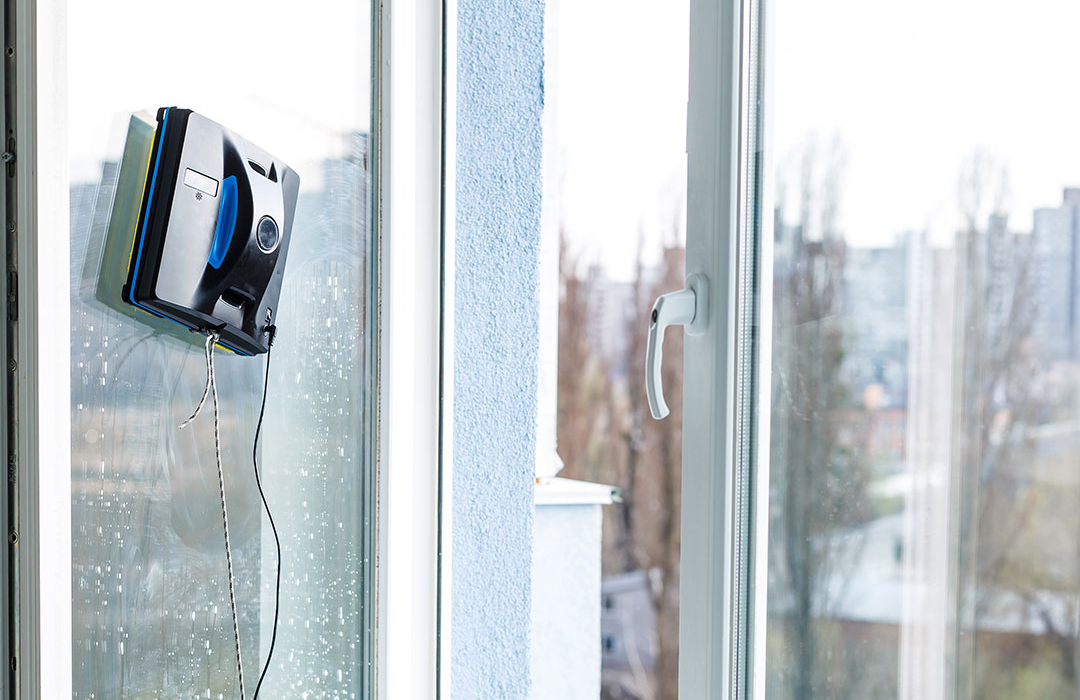There’s a good chance that in the future, custodians will be trading in their mops and spray bottles for control panels and joysticks. Several new types of cleaning robots have already reached the market or will debut soon. These and other developments in automation are expertly explained in this detailed overview from Services Magazine. The article is our recommended read for this month. Click the link above to learn why the sight of the school janitor pushing a dust mop—or of a window washer hanging ten stories above the ground—may soon be a thing of the past.
Highlights
Don’t have time to read the full article? Here are our top takeaways:
Robotics Revolution
We’ve been promised automated cleaning for decades, but costs and technological limitations have kept that dream from becoming a reality. But the technology is finally here, and new trends—including labor shortages, consumer demand for green cleaning, and safety concerns—are driving a renewed push for these safe, cost-saving devices. The article focuses on four types of robots, each designed for a specific job: cleaning floors, clearing ducts, washing windows, and other specialized tasks.
Floor-Cleaning Robots
Commercial floor cleaners are a lot more sophisticated than your home’s Roomba. Some models can clean more than 200,000 square feet per day, using laser scanners and ultrasonic detectors to maneuver around people and other obstacles. And when they’ve finished their route through the building, these robots return to their docking station to recharge and refill with cleaning fluid.

Duct-Cleaning Robots
Robots are ideal for cleaning ducts. They can access ductwork through existing vents, eliminating the need to cut access points that might compromise the integrity of the duct system. They’re remote-controlled, and equipped with high-quality cameras that allow their human operators to inspect ducts as they clean.

Window-Cleaning Robots
In 2014, two window washers became trapped 70 stories above ground when the motorized cable of their scaffold failed, tilting the platform nearly vertical. Firefighters had to cut through a window in order to rescue the two men. If robotics manufacturers have their way, these types of risks will soon be eliminated. Automated window cleaners can now effectively clean curved windows and crawl from one side of a building to another. And unlike their human counterparts, they can operate in high winds.

Special-Purpose Cleaning Robots
Different environments call for different robots. Hospitals are one space where anything less than the most stringent adherence to cleaning protocols can have devastating results. Fortunately, while humans may have an off day, robots don’t. This is one reason why hospitals are investing in cleaning robots, which use sophisticated technologies like pulsed xenon UV light to kill bacteria in minutes. There are also robots designed specifically to clean bathrooms, making them ideal for high-traffic businesses like gas stations.

Final Note
Right now, robots are built to conform to the buildings where they operate. But experts see a change on the horizon. As automated cleaning becomes more common, buildings will be designed to make it easier for these machines to do their jobs. Already in Japan, some office buildings come equipped with sensors that communicate with robots, so that these automated cleaners can summon elevators to move from floor to floor. And just to show how inexpensive these cleaning robots are becoming, here’s a small window cleaner—perfect for homes and shops—that retails for about $400:
